Cottage cheese is a type of soft cheese made from curds mixed with a little whey for a lovely creamy texture. It's commonly used in a variety of dishes, from savoury to sweet but the question is can you freeze cottage cheese? And the answer is yes! But it isn't always a good idea....

As the saying goes; just because you can, doesn't mean you should! This is very true of freezing cottage cheese. You can freeze it but depending on how you intend to use it in the future, it might not always be a good idea.
I'll explain this this post when you should and shouldn't freeze cottage cheese and when you want to, how to safely and effectively freeze it. We'll start with exactly what it is..
- What is cottage cheese?
- When shouldn't you freeze cottage cheese?
- How to rescue split cottage cheese?
- When can you freeze cottage cheese?
- How to prepare cottage cheese for the freezer?
- What container is best to freeze cottage cheese in?
- How long can you freeze cottage cheese?
- How to defrost frozen cottage cheese?
- How to cook or bake with cottage cheese?
What is cottage cheese?
I bet you know this nursery rhyme:-
Little Miss Muffet
Sat on a tuffet,
Eating her curds and whey;
There came a big spider,
Who sat down beside her
And frightened Miss Muffet away!
Those curds and whey that Miss Muffet was eating...that's cottage cheese!
It is most commonly made from cow's milk but goat and sheep's milk versions can also be found.
Cottage cheese is really quite a unique texture consisting of soft cheese curds in a creamy dressing. So it isn't smooth like a cream cheese, nor slightly dry like a ricotta and certainly not firm like a cheddar. It really is quite a unique product!
It is also popular because it is both high in protein and low in calories. This makes it a firm favourite when aiming for either of these attributes in a diet. The exact nutritional values of cottage cheese can vary depending on exactly how its made.
How is cottage cheese made?
Much like with the start of any most other cheese making processes, milk is curdled to form cheese curds. The liquid left behind is called whey. Cottage cheese is usually made with skimmed (non-fat) milk.
Once the curds are drained and salted, they're mixed with a "dressing" of cream or sometimes crème fraiche. The final texture of the cottage cheese depends on how well drained of whey the curds are and how much dressing is added.
Many examples of cottage cheese in the US show a much drier final product that the very creamy version which is most common the UK.
This creamy texture is what can make it tricky to freeze and defrost.
Varieties of cottage cheese
In the US it is common to be able to choose between large and small curd varieties of cottage cheese.
This is in addition to various levels of fat and other additional flavourings just like in the UK.
Pineapple is common addition as is chive and onion. You can of course add any other flavourings you like at home to the regular plain flavoured varieties.
When shouldn't you freeze cottage cheese?
I do not recommend that you freeze cottage cheese if you are planning to eat it in its natural state such as in this baked potato with tuna and cheese recipe.
This is because the cottage cheese can separate when frozen and then defrosted. As the water content thaws, the water and the fat will separate. This causes the liquid to leave the creamy mixture, leaving you with only separated thicker curds floating in the water.
Unfortunately, the way you defrost it won’t reverse this effect, as the change happens during freezing. So if you are planning on using your cottage cheese "raw", it is best to not freeze it.
How to rescue split cottage cheese?
Whilst you will unlikely be able to fully recreate the original texture of the cottage cheese, here are some ideas for how to prevent waste and potentially be able to use defrosted cottage cheese without baking or cooking with it:-
- Use an immersion/stick blender on the defrosted cottage cheese to re-emulsify from the dairy with the water. By doing this you will lose the texture of the original cottage cheese but it will still be tasty.
- Use a fine sieve/strainer to separate the curds from any water that has seeped out. You can either use the drier curds as they are or stir them through some cream or crème fraiche to more accurately recreate the original product.
- Leave the defrosted cheese to drain in a cheese cloth for several hours. You can then proceed to add another dairy or eat the thicker version that will remain in the cloth.
When can you freeze cottage cheese?
The rest of the time it is a great idea to freeze any leftover cottage cheese that you aren't likely to eat before the expiry date or if you have a full container that is nearing the date and unlikely to be used.
This is ideal when you're going to use it in a baked or cooked recipe like my vegetarian alternative to meatloaf - Special K roast!
How to prepare cottage cheese for the freezer?
While some brands or manufacturers advise against freezing cottage cheese, it can usually be frozen safely. The reason that freezing isn’t recommended is that freezing will change its texture. However, you should always check your packet, as some manufacturers may have safety reasons for this advice.
To prepare your cheese for the freezer, you should first check that it is in good condition and in-date. Make sure there are no visual signs of mould or spoilage. If it looks ok, give it a sniff and taste to confirm it still smells and tastes good.
If it passes these checks, then it’s safe to empty it into a sealed container or sandwich bag. Or, if the container you wish to freeze is still sealed, you may be able to freeze in its original container if it is airtight and not made from a soft material like cardboard.
It can be a good idea to freeze your cottage cheese in smaller portions. Dividing it into portions means that you don't end up with a whole container of defrosted cottage cheese when you only want 1 portion.
What container is best to freeze cottage cheese in?
Freezer safe airtight containers or sandwich bags are the best containers for freezing cottage cheese. Sandwich bags are my favourite, as you can squeeze out excess air before sealing it. Plus, they save space and make portioning much easier.
You can also freeze cottage cheese in ice cube trays to create small individual servings. Once the cheese is fully frozen, the cubes can be pushed out the moulds and stored in a container or bag as normal.
As I mentioned above, if your container of cottage cheese is still fully sealed, you may be able to freeze it in the original container.
You must ensure that the container is fully airtight and rigid. Any foil or pop on/off plastic lids will unlikely survive the freezing process intact and should be avoided. Equally lined carboard tubs will become soggy in the freezer and the lining will not be sufficient to protect the cottage cheese from freezer burn.

How to avoid freezer burn?
You want to avoid having too much excess air in the freezer container, as this can lead to freezer burn. Freezer burn occurs when the dry air draws water from food during the freezing process. The water then freezes in mid-air, leaving a frosty layer.
Freezer burn is bad for any frozen food, but it’s especially bad for foods with high water content like cottage cheese. When the liquid freezes and thaws, it changes the texture once it defrosts.
The freezing process leaves cottage cheese with a more exaggerated texture - with firm curds floating in the clear liquid whey. Once defrosted, there’s very little, if any, of the creamy mixture remaining.
The effects of freezing cheese can’t be avoided, but you can minimise them by protecting it from freezer burn. Remember, freezer burn = extra water loss. So make sure you remove as much excess air as possible!
How long can you freeze cottage cheese?
You can freeze an unopened pack of cottage cheese for around 3–6 months. However, if your cottage cheese is open, you can only keep it frozen for up to 2–3 months.

How to defrost frozen cottage cheese?
The safest way to defrost cottage cheese is to place it in the fridge for 8 hours. Make sure you defrost it inside an airtight container (the sandwich bag is fine).
You shouldn’t leave food (especially dairy) to defrost on the counter. This is because it may become too warm, making a perfect environment for harmful bacteria to flourish.
How to cook or bake with cottage cheese
Cottage cheese is often used in salads or as toppings for dishes like baked potatoes.
But once it's been frozen, it's better used for cooked foods and bakes.
There you have it! You now know how to freeze cottage cheese so that it lasts longer and doesn't spoil as quickly.
How to freeze more foods...
For more tips on freezing food to reduce waste, check out my other how to freeze food articles.
Have you got my book?

'This is a great kids cookery book. Emily is a star' - Simon Rimmer
'The book I'd like to force into any mother's kitchen' - Prue Leith
"A fab book with a plan." - Jane Devonshire, 2016 Masterchef UK winner
'Emily has managed to combine her mummy knowledge and passion for food to make a truly helpful and brilliant cookbook' - Priya Tew, RD, BSc (Hons), Msc
Get Your Kids to Eat Anything is an achievable 'how to' for parents in the battle to overcome picky eating and 'make new the norm'. Emily Leary's unique 5-phase programme looks at the issue of 'fussy eating' in a holistic way that links imagination with food, and which situates parents alongside - not in opposition to - their children.

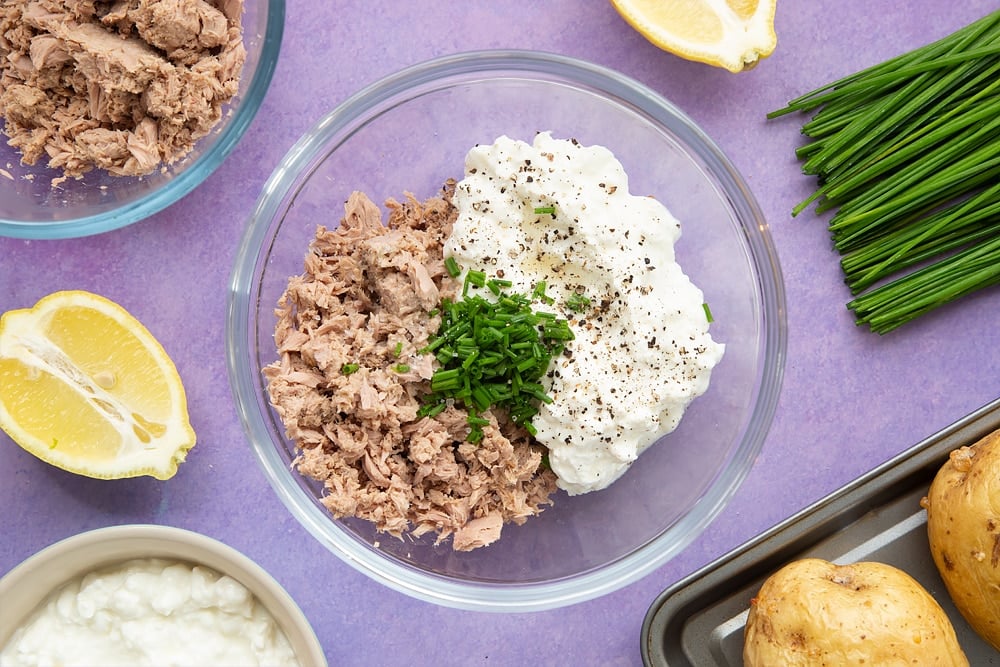
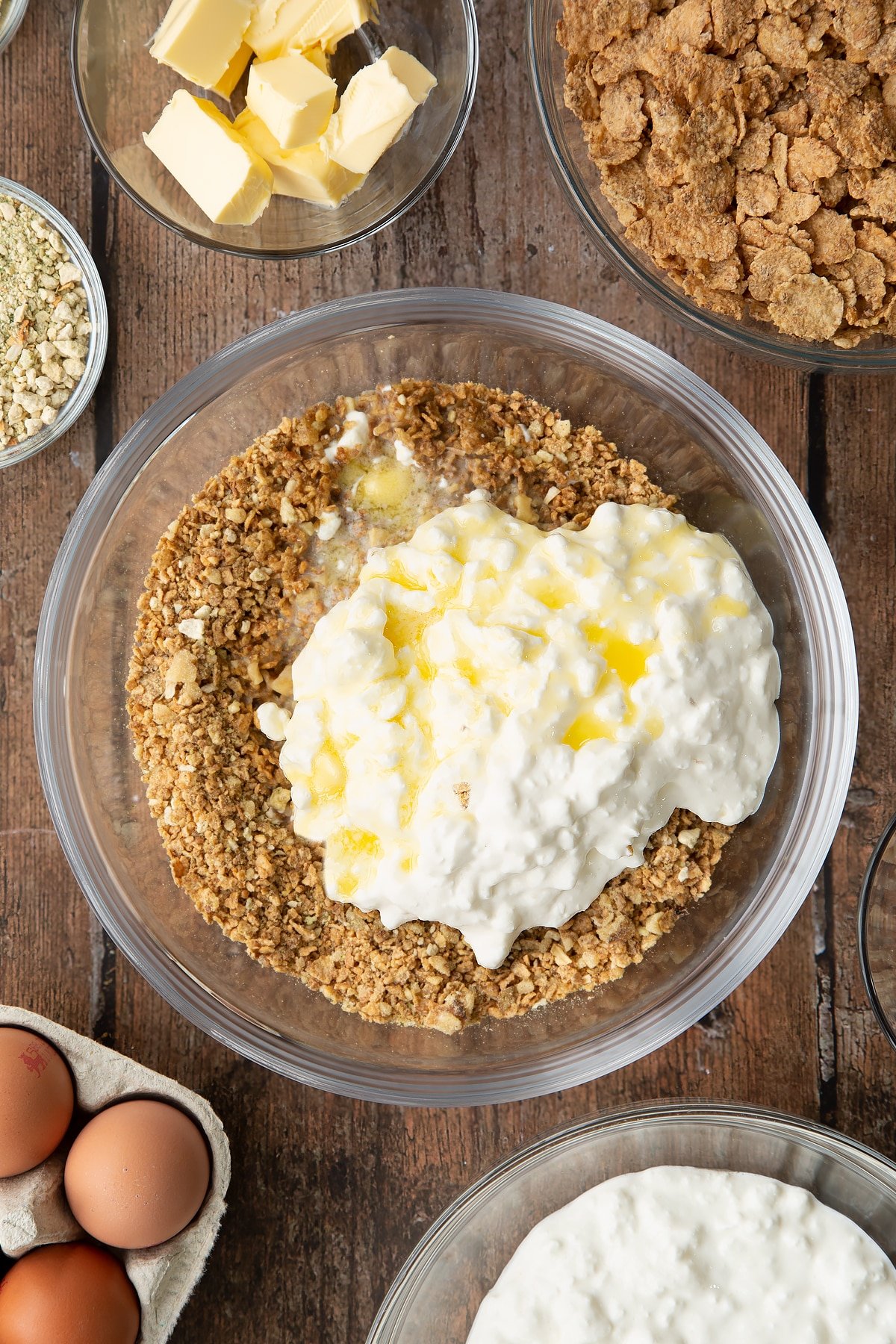
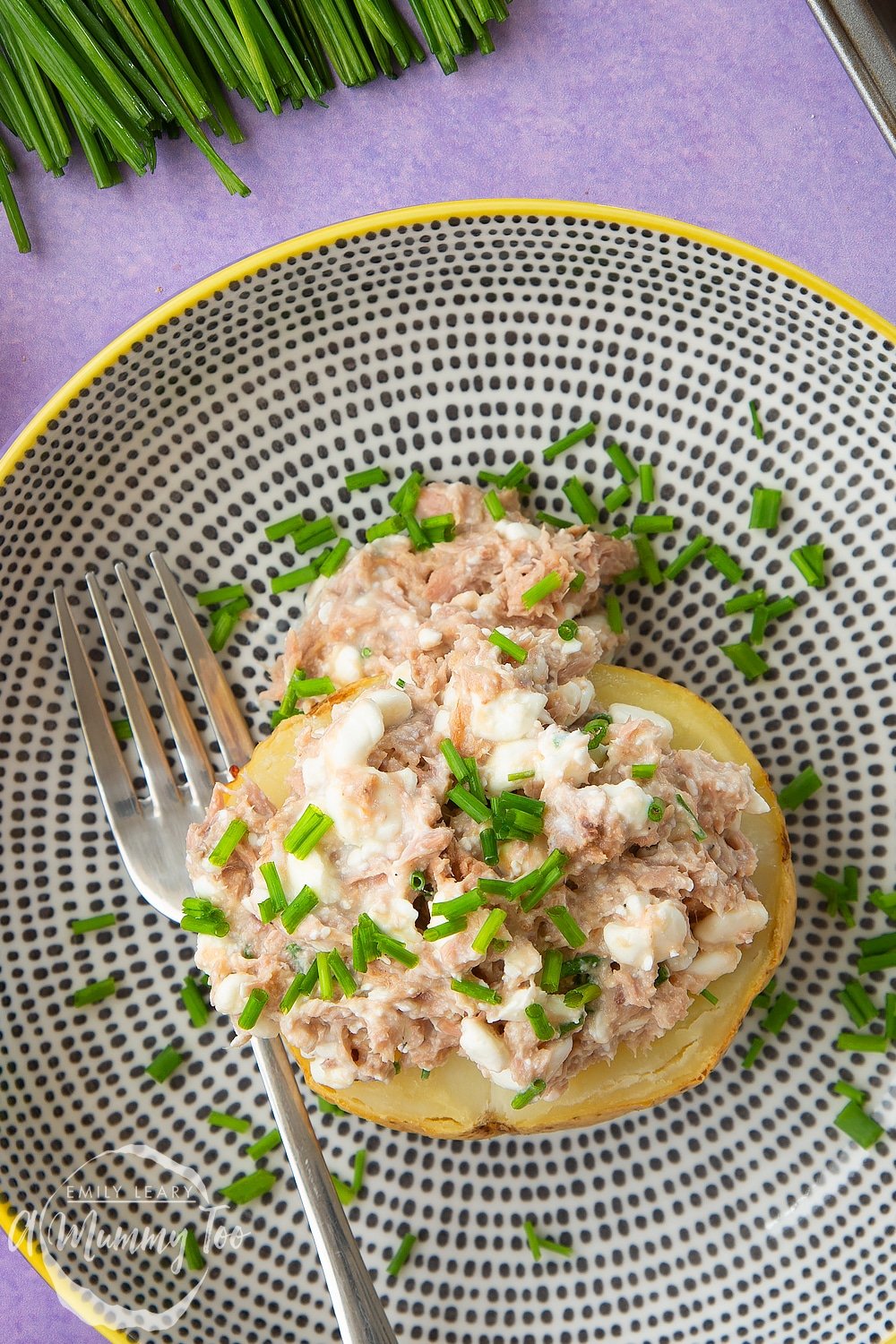
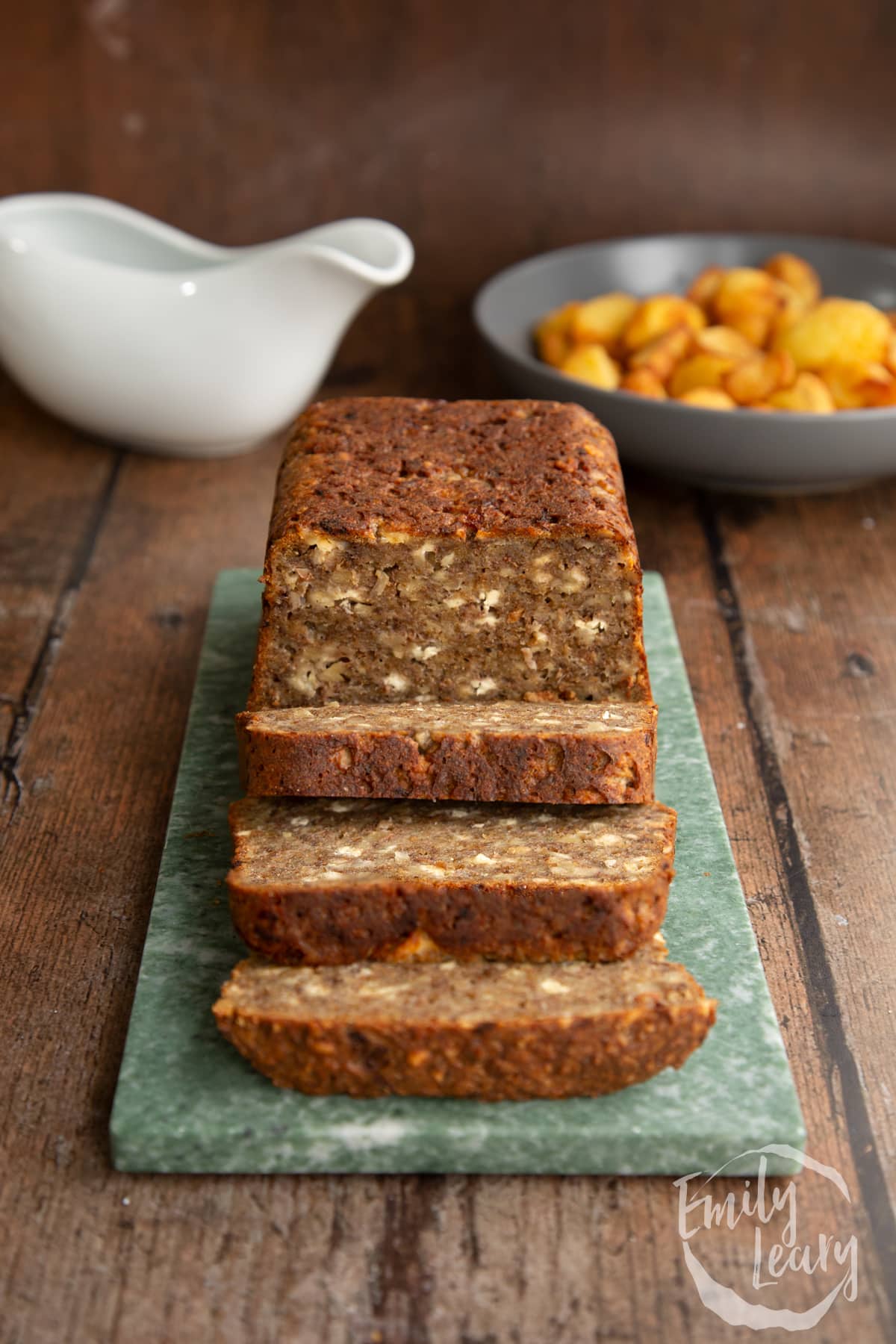

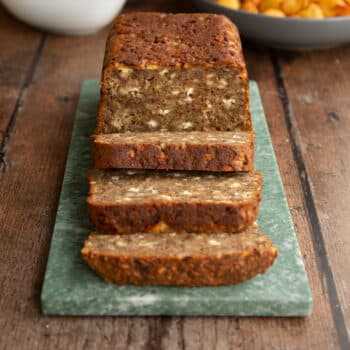
Leave a Reply